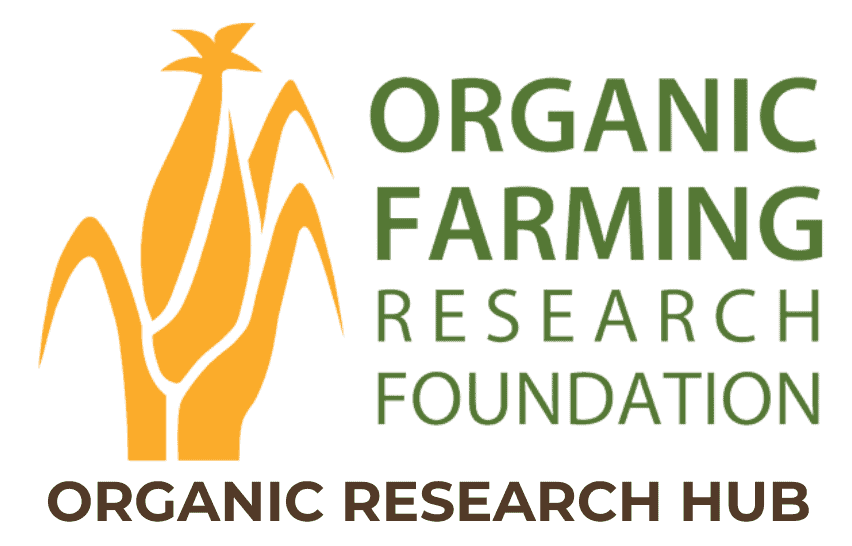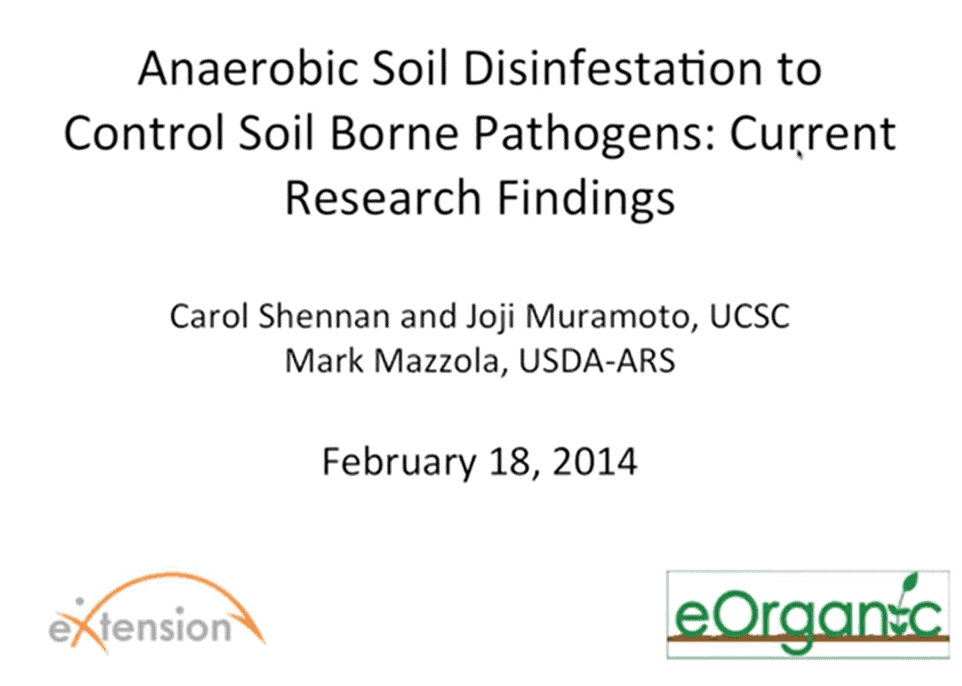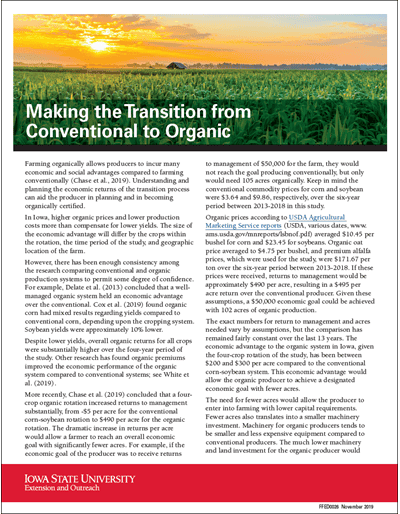Anaerobic Soil Disinfestation for Soilborne Disease and Weed Management in Organic High Tunnel Baby Leaf Lettuce Production
Project Director: Isaac Vincent, University of Florida
Project Overview
High tunnels can extend growing seasons, improve yield, and provide an intermediate level of crop protection against insect pests and weeds. However, weed/pest/disease management within high tunnels remains a serious challenge, especially for organic growers.
One pre-planting technique that has gained significant attention as a natural disease/weed management strategy is anaerobic soil disinfestation (ASD), a technique where soils are amended with carbon, saturated with water, then covered to create an anaerobic (oxygen-free) environment within which anaerobic metabolites (including compounds that inhibit weed seed germination and pathogen viability) are produced during soil microbial decomposition.
This study analyzed the effectiveness of ASD in managing soilborne diseases and weeds within organic baby lettuce high tunnel systems.

Farmer Takeaways
- Anaerobic soil disinfestation may be an effective pre-seeding strategy for managing soilborne diseases (i.e. bottom rot) and weeds in organic high tunnel vegetable/lettuce production systems, with no negative impacts on lettuce yield and quality.
- Lettuce cultivar is a primary driver of yield differences, and farmers should select cultivars with a history of performing well within specific environmental conditions.
Project Objectives and Approach
Determine the effectiveness of ASD in managing soilborne diseases and weeds within organic high tunnel production systems
- Field trials were conducted over two production seasons (fall 2021 and spring 2022) at the University of Florida Plant Science Research and Education Unit in Citra, Florida.
- The three soil treatments included: (1) ASD, (2) Compost (6.8 Mg/ha Everlizer organic fertilizer and 22.4 Mg/ha yard waste compost), and (3) Control (6.8 Mg/ha Everlizer organic fertilizer only).
- For the ASD plot preparation, a diluted molasses solution was applied to the soil as the primary C source and tilled to a depth of 15cm. The ASD plot(s) were then irrigated until soil saturation, covered, and monitored for 8 days. Data was collected regularly on soil redox potential, temperature, volumetric water content, and pH.
- Scouting for disease symptoms was performed weekly, and weeds were assessed twice during each growing season.
Assess the impact of ASD on the performance of different baby leaf lettuce cultivars commonly grown in the Southeastern United States
- During the fall 2021 trial, four lettuce cultivars were assessed: (1) red oakleaf, (2) green oakleaf, (3) red romaine, and (4) green romaine. During the spring 2022 trial, an additional four lettuce cultivars were assessed, including variations of the four fall 2021 cultivars.
- At harvest, data was collected on fresh weight biomass, fresh weight yield, specific leaf area (SLA), specific leaf weight (SLW), and several lettuce quality attributes including leaf color.
Key Findings
Anaerobic soil disinfestation (ASD) prior to seeding may reduce disease incidence (i.e. bottom rot) in organic baby lettuce grown in high tunnels
- During the fall 2021 trial, none of the plants showed any disease symptoms. However, in the spring 2022 trial, bottom rot caused by Rhizoctonia solani was identified. Disease incidence of bottom rot was 93% and 87% lower in the ASD plots than in the Compost and Control treatments, respectively.
Anaerobic soil disinfestation may significantly reduce weed population density and total # of weeds compared to compost or control plots in organic high tunnel production systems
- Across both growing seasons, the ASD treatment resulted in a significant reduction in both broadleaf weeds and total # of weeds compared to the Compost and Control treatments. Other numerical reductions in # of grasses and sedges were observed for the ASD treatment, although not statistically significant.
Baby lettuce yield may be more significantly impacted by lettuce cultivar than by soil treatment (i.e. ASD, compost), with certain cultivars performing better across years than others
- In both the fall 2021 and spring 2022 growing seasons, no statistically significant effect of soil treatment was observed on lettuce fresh weight yield or leaf dry matter content. However, there was a numerical (non-statistically significant) difference in fresh weight yield, with the ASD treatment consistently outperforming the other two treatments.
- Across both growing seasons, the green oakleaf cultivar performed strongly and the red romaine cultivar performed weakly.
Resources
Vincent, I.R., E.N. Rosskopf, J.K. Brecht, N.S. Dufault, G. Sandoya-Miranda, and X. Zhao. 2024. Effects of Anaerobic Soil Disinfestation for Soilborne Disease and Weed Management on Baby Leaf Lettuce Performance in a High Tunnel Organic Production System. Agronomy 14:764.
Read MoreLocation
FloridaCollaborators
Erin Rosskopf, USDA
Jeffrey Brecht, University of Florida
Nicholas Dufault, University of Florida
German Sandoya-Miranda, University of Florida
Xin Zhao, University of Florida
Region
Southeast
Topic
Soil Health, Weed Management, Disease Management
Category
Vegetables/Fruits
Year Published
2024



